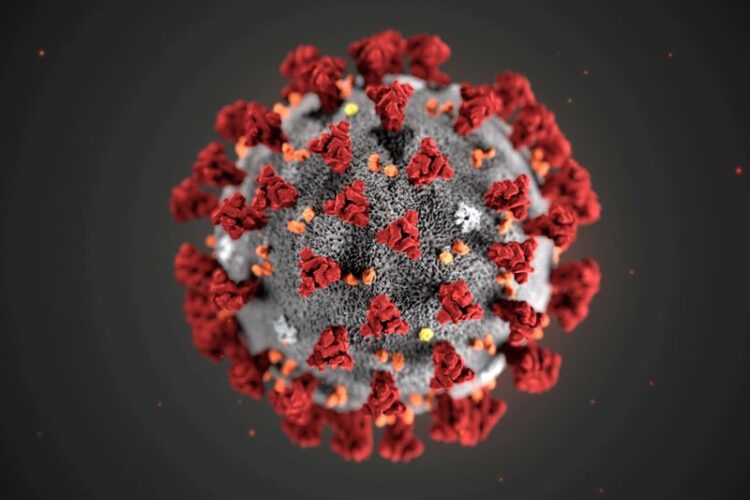By James Simons-
The unchanging rate of the UK-wide reproduction rate of coronavirus – the so-called “R rate” – which has remained at 0.7 to 1.0 for a second week means further easing of the lockdown is unlikely
The news heaps further pressure on the British government to delay the re-opening of schools, currently planned for June 1. Teaching Unions have been Boris Johnson has said driving the R down is key to any further easing of the lockdown measures.
However, the British Government plans a phased return from June 1, but may leave it to individual schools to decide whether they want to allow pupils back in June, given the various levels of concerns different schools have about the safety of their pupils and staff.
One of the considerations behind the plan to return children to school is to prevent too much of a gap in their education, particularly pupils from deprived backgrounds who would be missing out on valuable education and unlikely to have alternative arrangements to study at home. The government has promised a laptop to all primary school pupils, but the home environment is not ideal for many pupils to study. Pupils from large families often find it difficult to settle into any routine of study and many pupils do not have educated or capable parents who can provide them with quality in home schooling.
Another reason was to allow pupils time with their classmates and teachers for the remaining month left.
Returning pupils to schools also allows parents who want to return to work to do so comfortably without having to worry about looking after their children.
The government scientists’ latest R value relates to what was happening two to three weeks ago.
The epidemic is generally seen to be growing is greater than 1, but shrinking if R is less than 1.
R measures the number of people, on average, that each sick person will infect.
An R number of 1 means that on average every person who is infected will infect 1 other person, meaning the total number of new infections is stable.
If R is 2, on average, each infected person infects two more people, and the variation levle for lower and higher numbers of infections can be derived through calculation.
Yesterday Matt Hancock, the health secretary, announced that a government study suggested around one in six people in London and one in 20 elsewhere in England have already had the virus.
The UK is split on its 60 million residents consider the easing of the lockdown, with many people supporting tighter controls on the lockdown which they think as eased too soon, and those who want to see the lockdown ended quickly.
Yesterday, British millionaire, Simon Dolan, launched a High Court challenge against the UK government to end the lockdown and resume business ad normal.

